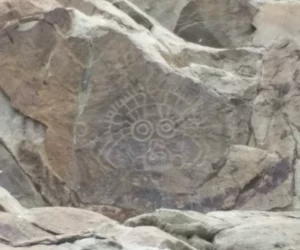Exploring the Rock Paintings of Helan Mountains The Significance of Helan Mountains’ Rock Paintings The Helan Mountains, located in the Ningxia Hui Autonomous Region of China, are home to a rich collection of ancient rock paintings. These artistic expressions provide an important window into the lives and beliefs of the nomadic peoples who traversed the…
Ancient Artifacts
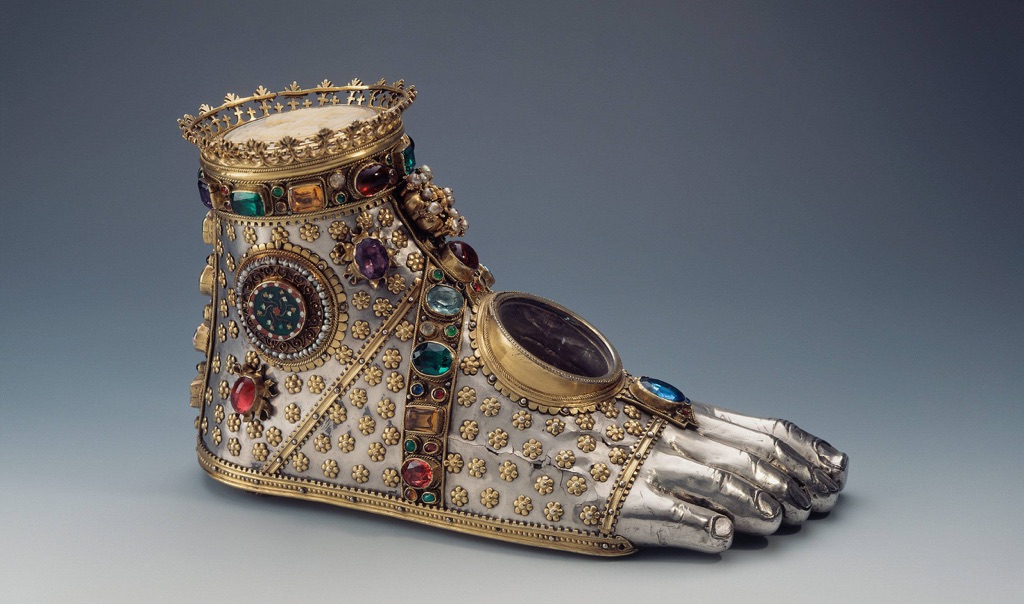
Moving to the East, ancient China artifacts like bronze vessels and oracle bones shed light on the rituals and governance of early Chinese dynasties. These artifacts highlight China’s long history of craftsmanship and written language. Similarly, ancient Egyptian artifacts are world-renowned, particularly for their funerary art, such as the treasures from King Tutankhamun’s tomb. These pieces reflect the Egyptians’ beliefs about death and the afterlife. Artifacts are not just old objects to be displayed in museums; they are keys to unlocking the secrets of human development across the ages. They preserve the ideas and values of people who lived thousands of years before us. Through careful study, they teach us about our collective history and heritage.
Among the most famous ancient artifacts in the world is the Rosetta Stone. Discovered in 1799, this granodiorite stele was the key to understanding Egyptian hieroglyphs—a script made of small pictures that was used originally in ancient Egypt for religious texts. The Rosetta Stone is inscribed with a decree issued at Memphis in 196 BC on behalf of King Ptolemy V. The decree appears in three scripts: the upper text is Ancient Egyptian hieroglyphs, the middle portion Demotic script, and the lower Ancient Greek. Because it presents essentially the same text in all three scripts, it provided the crucial link for scholars to decipher Egyptian hieroglyphs, thereby opening a window into ancient Egyptian history.
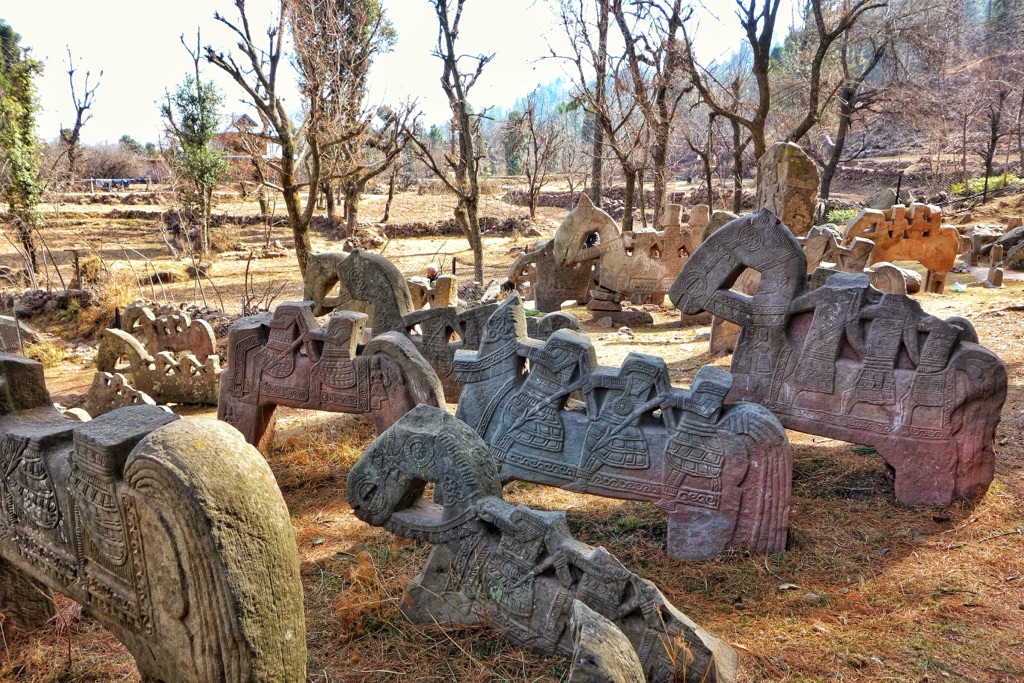
The title of the oldest artifact on earth goes to the stone tools found in Lomekwi 3, Kenya, which date back to 3.3 million years ago. These tools predate the earliest known humans and suggest that tool-making was a part of our pre-human ancestors’ way of life. These ancient tools mark a significant milestone in human evolutionary history, indicating the beginnings of technology and innovation. They are not just simple objects; they represent the dawn of human ingenuity and the very first steps towards the complex societies we have today.
An ancient artifact can be defined as any item made or used by humans in ancient times that has cultural, historical, or archaeological significance. These artifacts can range from monumental structures like the pyramids of Egypt to small, everyday objects like Roman coins. They can include items as diverse as weapons, clothing, and artwork. Each artifact, no matter its size or apparent significance, offers a glimpse into the lives of those who came before us, providing evidence of past behaviors, beliefs, and social structures.
Famous ancient artifacts not only include monumental finds like the Rosetta Stone or the treasures of Tutankhamun’s tomb but also the Terracotta Army of China, the Dead Sea Scrolls, and the Venus of Willendorf. The Terracotta Army, buried with the first Emperor of China, Qin Shi Huang, consists of thousands of life-sized figures meant to protect the emperor in the afterlife. The Dead Sea Scrolls, discovered in a series of caves near the Dead Sea, are ancient Jewish texts that offer invaluable insight into the history of Judaism and the early text of the Bible. The Venus of Willendorf, a small Paleolithic figurine discovered in Austria, dates back to about 28,000 BCE and is thought to represent fertility. Each of these artifacts, in its own way, has reshaped our understanding of human history, offering evidence of the complexity, diversity, and ingenuity of ancient civilizations.
List of Discovered Ancient Artifacts
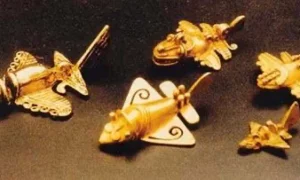
The Quimbaya Artifacts (Airplanes)
The Quimbaya civilization, flourishing from 500 BC to 600 AD, was a prominent pre-Columbian culture located in the Middle Cauca River valley and southern Antioquian region of modern-day Colombia. This civilization is renowned for its sophisticated goldsmithing and ceramic works, which have been preserved as significant archaeological finds.
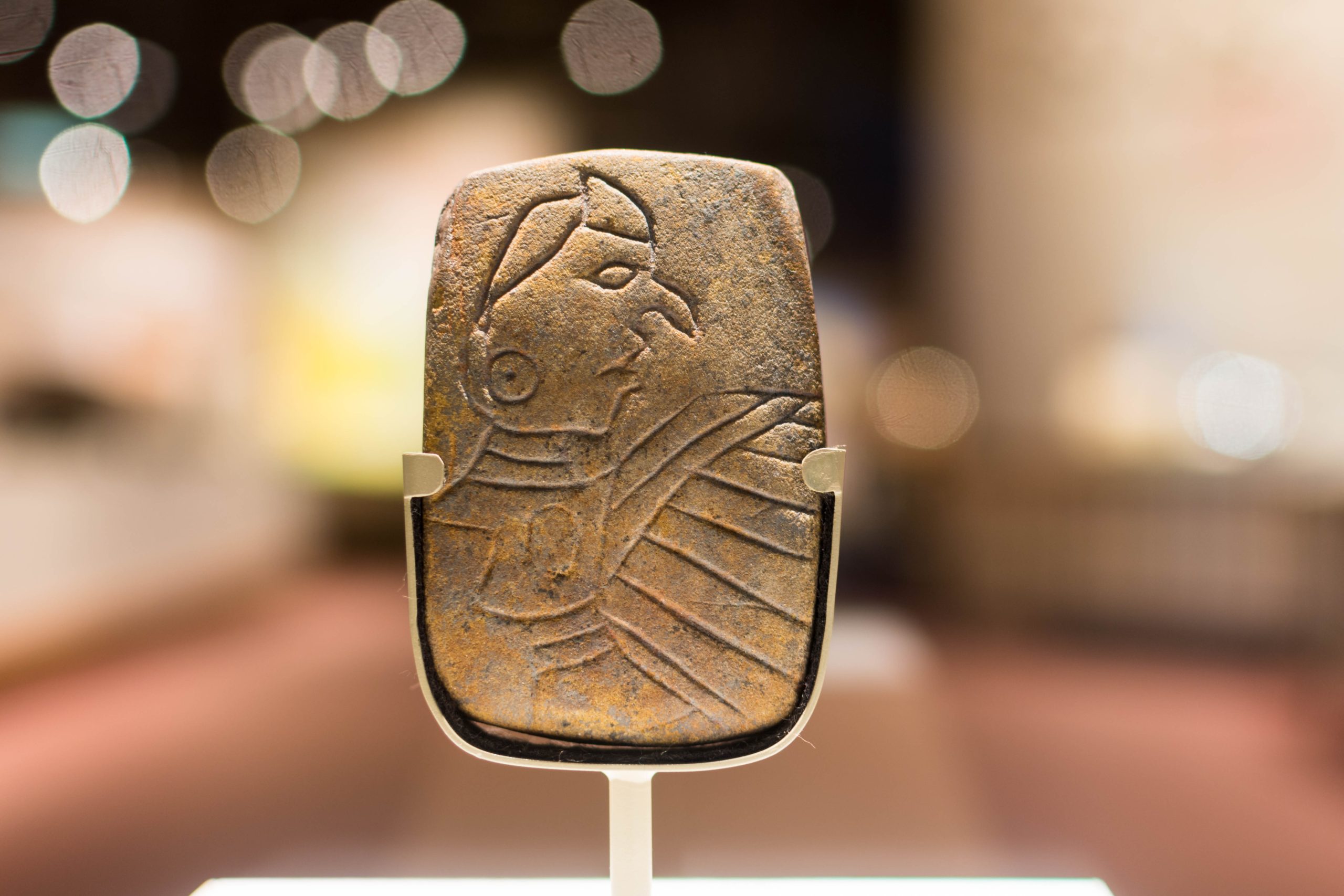
Birdman of Cahokia (Mound 72)
The Mississippian culture, which thrived from 1050 to 1500 AD, is renowned for its mound-building achievements, particularly in the city of Cahokia, located in the American Bottoms near East St. Louis. This civilization’s spiritual and societal complexities are epitomized by a unique artifact: a small sandstone tablet depicting a figure in a bird costume, believed to represent an eagle or peregrine falcon. Discovered on the east side of Monk’s Mound in 1971, this tablet, dating back to 1300 AD, stands as the only complete example among similar finds. Its reverse side features a crosshatch design, possibly symbolizing snakeskin. Monk’s Mound, the largest in the Cahokia complex, is a testament to the city’s grandeur, once the largest north of Mexico. In recognition of its significance, Cahokia Mounds was designated a World Heritage Site in 1983, with the birdman tablet becoming a symbol of the site.
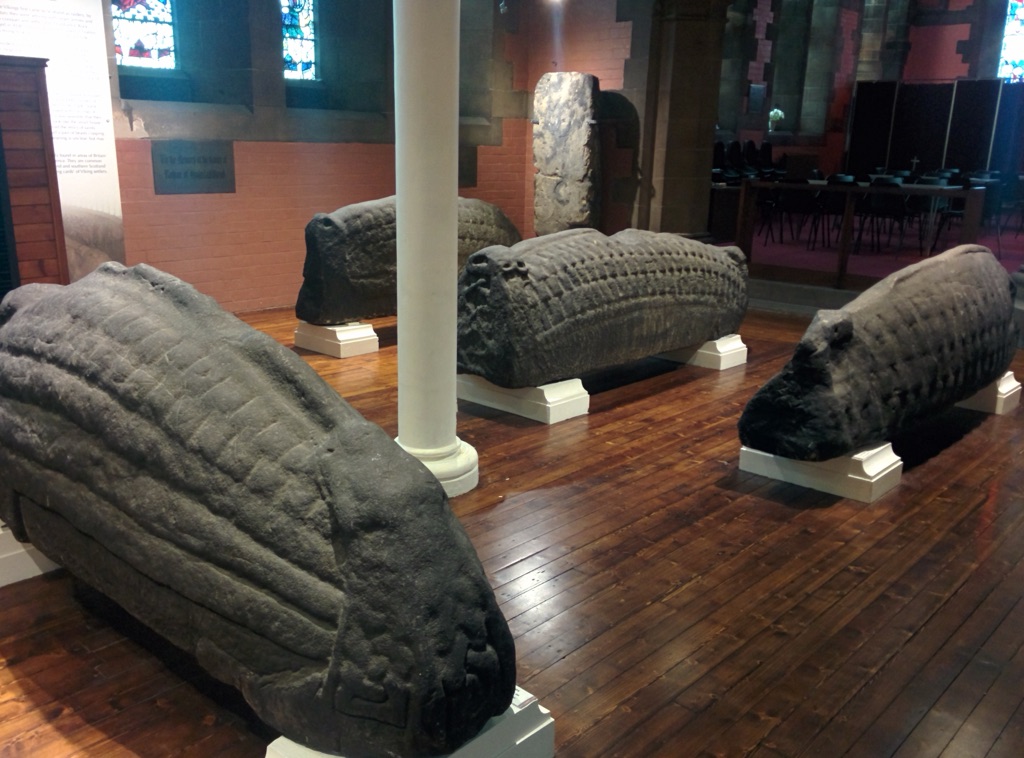
The Govan Stones
The Govan Stones, housed within Govan Old Parish Church in Glasgow, Scotland, represent a significant collection of early-medieval carved stones of international importance. This collection, originating from the churchyard of the same site, encompasses a variety of monumental sculptures including the unique Govan Sarcophagus, four standing crosses, five Anglo-Scandinavian hogbacks, and numerous recumbent burial monuments. These artifacts, predominantly dating from the 9th to the 11th centuries AD, offer profound insights into the religious, cultural, and political life of the period.
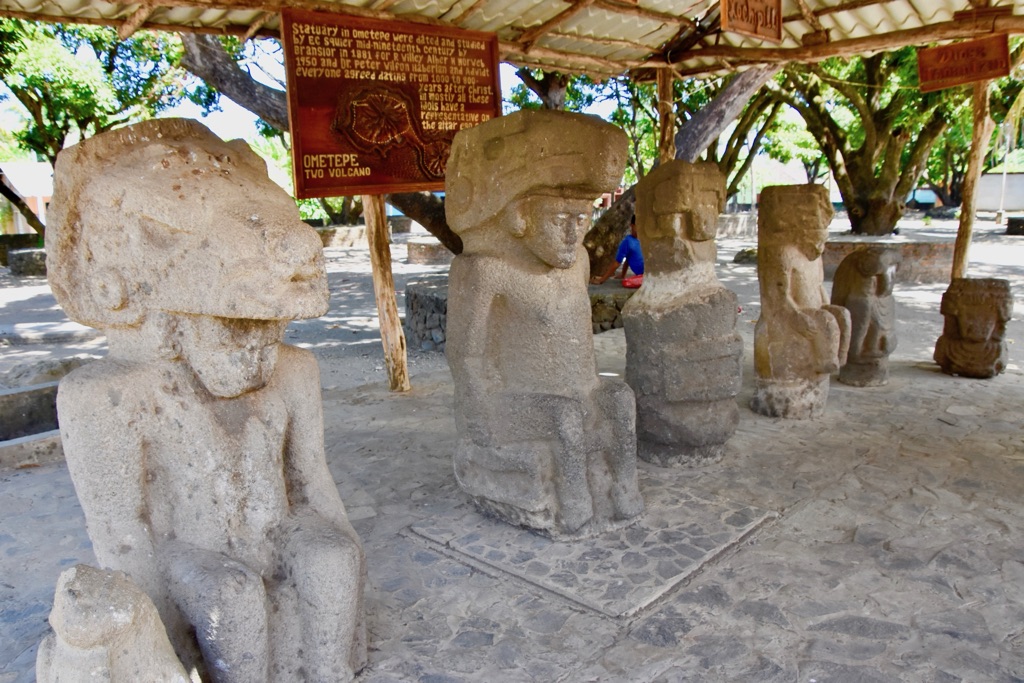
The Stone Statues of Nicaragua
The region of the great lakes of Nicaragua, particularly noted for its large stone statues, has long intrigued archaeologists. These statues, ranging in height from three to twelve feet, predominantly depict human figures, often male, and frequently in association with animal figures. The subject matter and stylistic elements of these statues raise significant questions about the cultural and artistic influences in ancient Nicaragua, as well as the connections with neighboring civilizations.
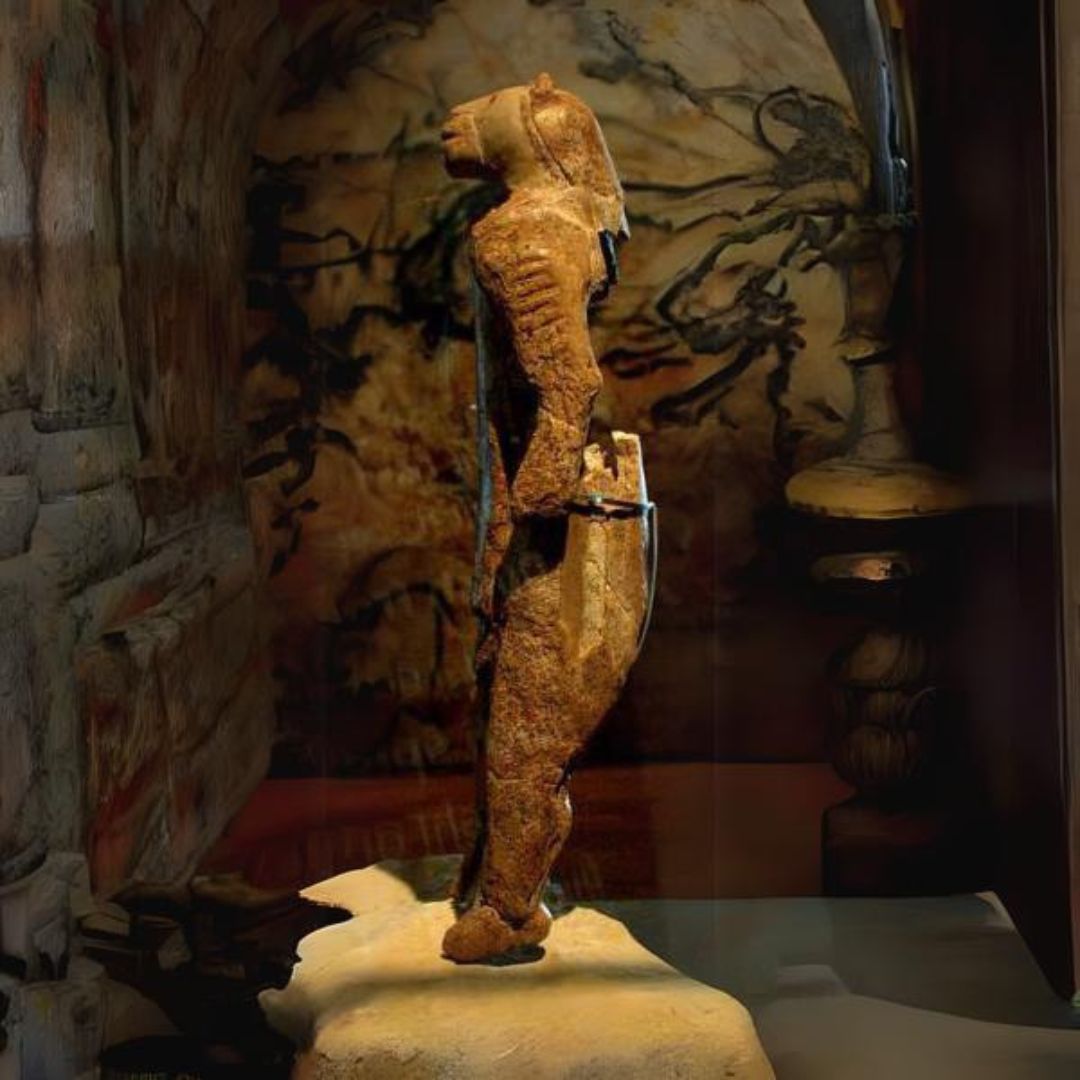
The Lion Man Sculpture
The Löwenmensch figurine, also known as the Lion-man of Hohlenstein-Stadel, stands as a remarkable testament to the artistic and cultural expressions of prehistoric humans. Discovered in 1939 within the Hohlenstein-Stadel cave in Germany, part of the UNESCO World Heritage Site of the Caves and Ice Age Art in the Swabian Jura, this ivory sculpture has intrigued and puzzled historians, archaeologists, and the public alike.

